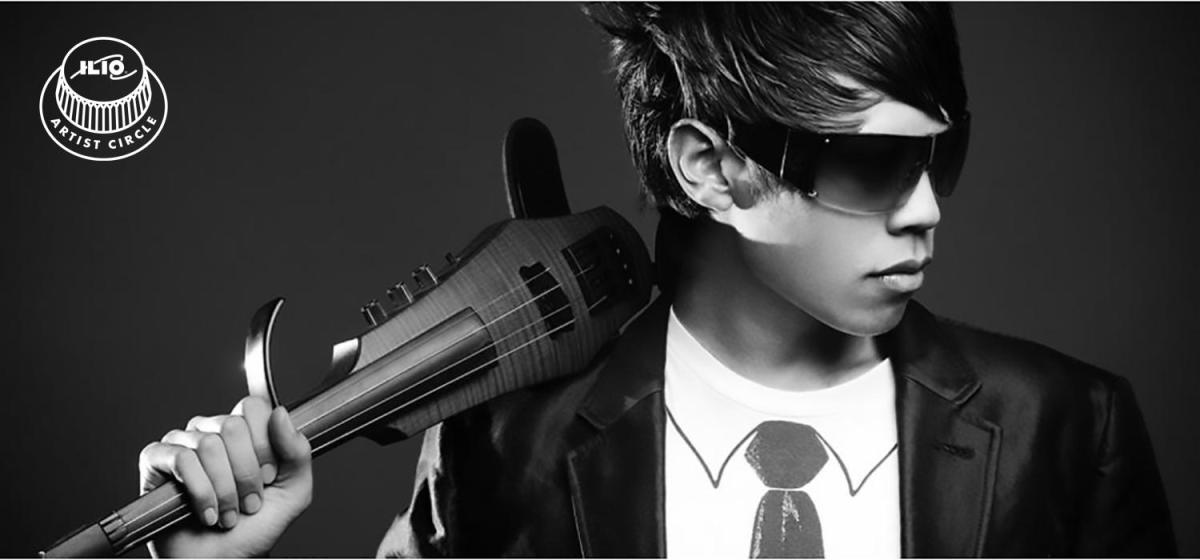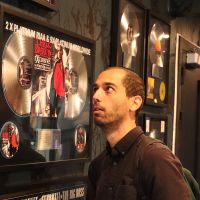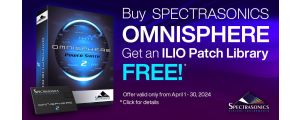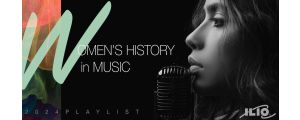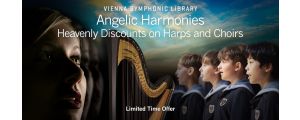We sat down for an engaging chat with accomplished violinist and composer Jason Yang. Watch the full video interview below:
Jason Yang has earned a reputation as one of the premier acoustic and electric violin players in the world. With 197,000 subscribers and 35 million views on his YouTube channel, you can find him playing exciting covers of popular songs in a wide variety of musical genres, his own compositions, and collaborations with other artists. He describes his overall sound as “evocative, colorful, and emotional,” drawing on a wide range of influences, including film and video game soundtracks, electronic music, and hip hop.
Currently residing in Los Angeles, we caught up with Jason Yang virtually to learn about his musical upbringing, his current method for composing, and how the SWAM instruments from Audio Modeling have changed the way he approaches composing on the computer.
Touring the World with Madonna
As the official touring violinist for Madonna, Yang embarked on his first-ever tour in 2012 at the age of 23, playing 88 sold-out shows throughout Europe, North America, South America, and the Middle East. He also performed alongside the one and only Stevie Wonder in the memorial tribute to Prince at the 2016 Billboard Music Awards.
For a man who has cleared off many musicians’ bucket lists by the age of 30, we were excited to learn more about what keeps Jason inspired, and how certain virtual instruments allow him to navigate the current world climate, and how they help him compose in new and creative ways.
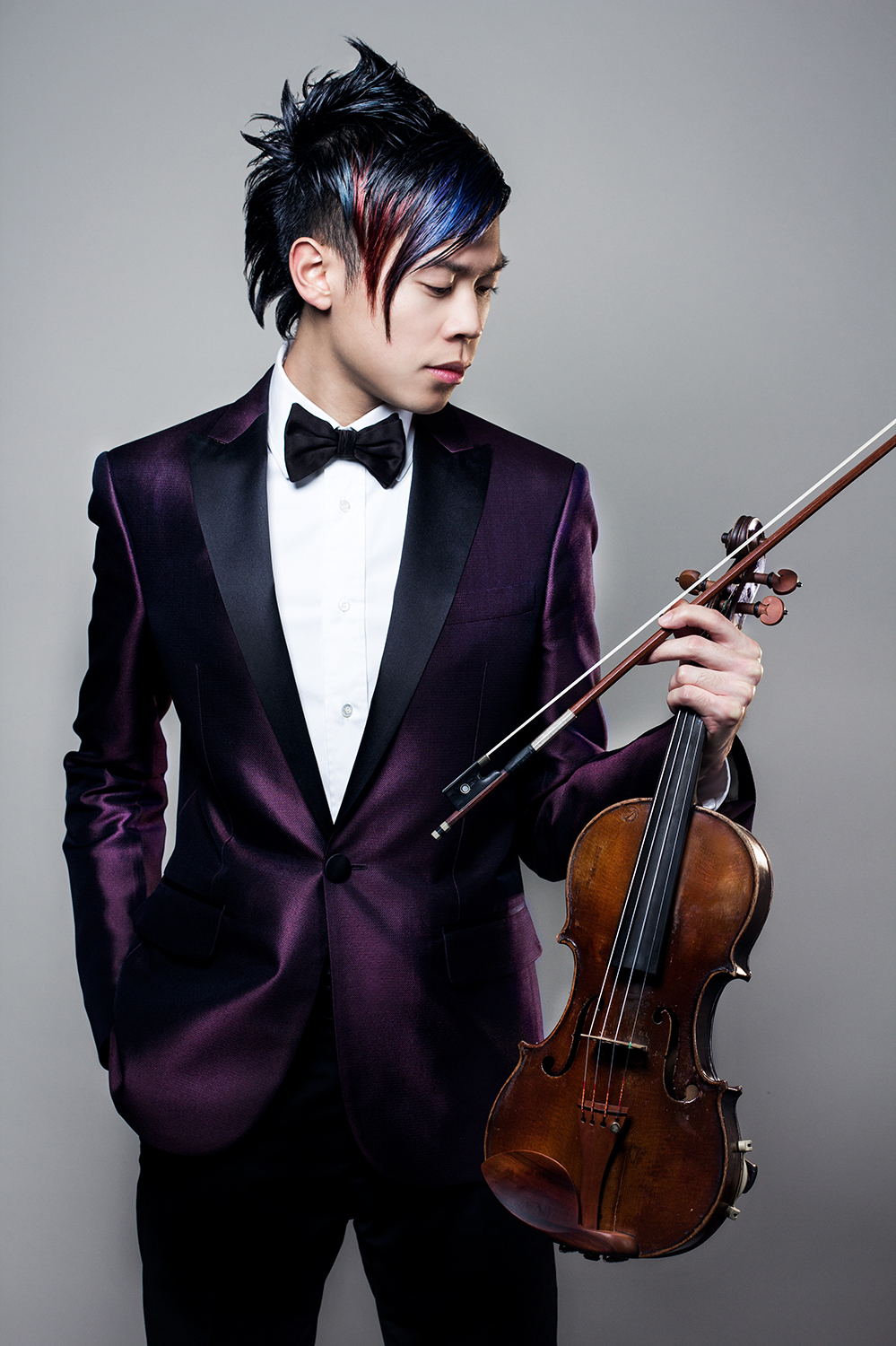
Growing up in New Jersey, Jason put the work into his craft early on, focusing on not one, but two instruments at the same time. His parents viewed his musical education as a chance to fulfill the creative dreams they weren’t personally afforded.
Jason: “I started piano when I was five and violin when I was six. It was a combination of my own interest and also my parents sort of bestowing it upon me. Neither of them got to learn any instruments or music when they were growing up in Taiwan, so they wanted their kids to do that in their place. My sister is a concert pianist, and I ended up focusing just on violin.”
At the age of 23, Yang landed a life-changing gig, touring with Madonna on her MDNA tour as the violinist in the band. For many musicians, their inauguration into the touring world is sleeping on motel floors and playing shows in dimly lit clubs with just a few fans in attendance, if they’re lucky. That wasn’t the case for Jason, where he quickly found himself playing for as many as 90,000 fans in one night.
“I just kept my eyes right on my violin and thought, ‘don’t mess up, don't mess up, don’t mess up.’”
Jason: “It was kind of crazy. We did 29 countries, 65 cities, and 88 total shows in the span of 10 months, which is insane... I honestly couldn't see anybody, it was just flashing lights in the complete panorama. I just kept my eyes right on my violin and thought, ‘don’t mess up, don't mess up, don’t mess up,’ and it turned out okay.”

“After the first few notes, then it's like everything that I’ve practiced and everything that I've done leading up to this, accumulates right there in that moment, and everything else kind of disappears for the entirety of the performance. After the performance, I thought, ‘Oh, that wasn’t as bad as I thought it would be.’”
Off Stage - Enter SWAM Instruments

Since live shows have been on hold due to the COVID-19 pandemic, Jason has found more time to focus on his other passions—writing new music, teaching, and exploring new sounds. With his knack for technology and his experience on the piano, Jason is no stranger to MIDI-based virtual instruments. But getting natural expression from virtual instruments has always been challenging:
“It's been very hard to find really good sounding virtual instruments, where you can really capture all those nuances and all of the tiny details in a way that's anywhere similar to how I express it on the violin. That's where I heard about Audio Modeling.”
When Jason Started using SWAM instruments from Audio Modeling, he quickly found them to be indispensable tools that ultimately augment his skills on the violin.
Jason: “Once I began composing, of course, sample libraries are kind of where you start. In my opinion, in the virtual instrument world of sample libraries, it's been very hard to find really good sounding ones, where you can really capture all those nuances and all of the tiny details in a way that's anywhere similar to how I express it on the violin. That's where I heard about Audio Modeling, where that's pretty much exactly what they do, except, no samples! Of course, the flexibility is that, if you are working on a project that may not have the budget to hire a solo clarinet player or solo trombone player, you can always just work this into it and have great results.”
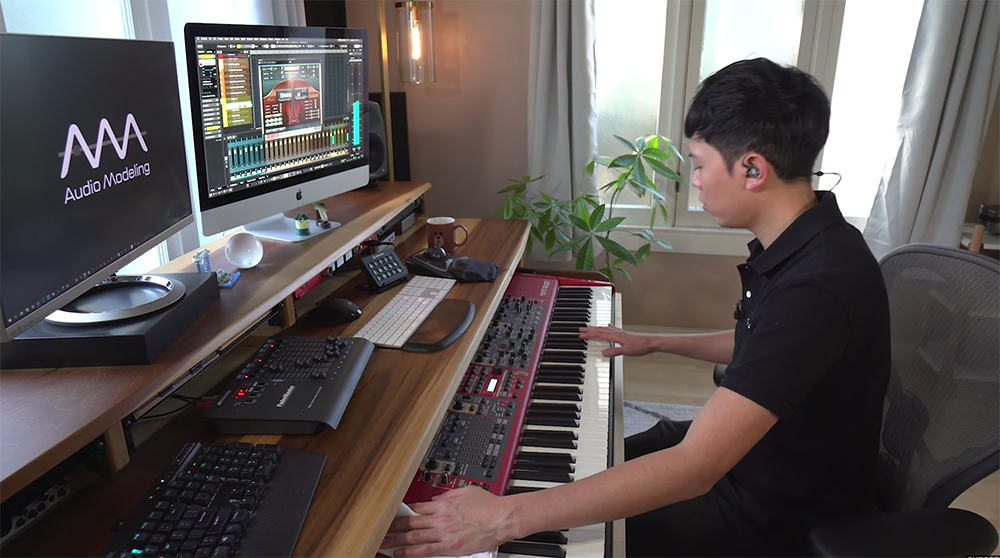
At first, Yang was drawn towards instruments that he would not be able to play otherwise.
Jason: “The instruments I'm leaning more towards are the clarinets, bassoons, and trumpets. The violin was the one I just did not want to go towards. I honestly didn't even open it until a little bit more recently. I was having a blast with all the other instruments that I'm not personally versed in, I was just like, ‘Oh my god, these sound so great.’”
How Does a Professional Violinist Feel About its Virtual Counterpart?
"I started using the (virtual violin), and now I honestly can't stop! I started tinkering with it, like, ‘Can I make that sound good?’ And surprisingly, I could."
“With the SWAM violin, you actually hear where the placement of the bow is going closer to the bridge or farther from the bridge, and that's just crazy. So if I can control these things with ease it's like, I can just take all my experience and put it into the computer.”
"I started to get it more expressive by almost thinking inwardly of all the little nuances and things that I do in my violin playing to be expressive. The main parameters that I control are expression, vibrato, and a little bit of pitch bend."
Expressing Himself
But how do you control these different expressive controls in an easy and intuitive way? Audio Modeling has solved this issue with MIDI mapping presets for keyboards, breath controllers, MPE controllers, or completely custom setups. If you’re like Jason, you might just enjoy keeping it simple and using the mod wheel on your keyboard:

Jason: “As a piano player, I kind of live off that hammer action. I'm actually most comfortable using just the mod wheel, which I mostly use for expression, as opposed to the default setting of vibrato. Sometimes, I use a breath controller if I need it. But in general, my setup is pretty much just one hand on the keys, one hand on the mod wheel/pitch bend, and my foot on the expression pedal. In every single, SWAM instrument, it is very easy to remap and customize every single midi parameter.”
Jason continued to break down how he makes these virtual instruments sing like a real player would, putting focus on the non-static elements of a live instrument, something other virtual instruments often struggle to achieve.
“Just taking a look at vibrato alone, I can also control a really small, fast vibrato, which is a completely different type of sound and mood. Or, I can have a really wide and slow vibrato, which sometimes can be a great tool to use in very romantic, expressive music.”
“When I’m playing each note, SWAM is creating it live as opposed to just drawing on a sample and manipulating it that way. I don't understand it, but I love it!”
“Transitioning notes is crazy in SWAM! Glissando is just in the velocity, before we even touch anything with pitch bend, expression, and vibrato. That's just from the velocity on the keyboard. The softer I play the subsequent note, the more drawn-out the glissando is. If I play the next note much harder, it skips the glissando and just goes directly to the note.”
“In a way, it's sort of technical, and in a way it just really clicked intuitively, like, that's what I've been doing this entire time on my own instrument.”
For Jason, he allows the instruments to feel comfortable for him and his abilities, even with all of the available parameters to tweak.
What sets Audio Modeling apart from other instruments is the unique alchemy they have created that allows the user to constantly be adjusting and improvising the sound as they play it. This is opposed to sample-based instruments that replay recorded notes over and over again.
“When I’m playing each note, SWAM is creating it live, as opposed to just drawing on sampling and manipulating it that way. I don't understand it, but I love it!”
Final Thoughts
"It's not always about the job, gig, or the current project you're working on. There needs to be that self-gratification of your own personal expression."
As someone who dedicated much of his early life to practice and the mastery of his instrument, we asked Jason to offer some advice to kids who may not love practicing now, but will surely be grateful for that work they put in later on in their lives. For Jason, the most important aspect to keep in mind is to find inspiration and joy in your instrument and always seek ways to have fun in combination with the technical practice.
Jason: “One of the biggest pillars of my own musical development was learning to improvise and really learning to play things by ear and not just being on the page. Sure, you can become a fantastic technical player, but if you can't make me feel something with how you're playing, then what’s the point? I went through a period of transition, from doing what I'm told, to just falling completely in love with my instrument. It’s not always about the job, gig, or the current project you're working on. There needs to be that self-gratification of your own personal expression.”
Here at ILIO, we are immensely grateful for the opportunity to chat with Jason and to further demonstrate how SWAM instruments from Audio Modeling can provide the natural, expressive control that musicians crave when composing.
Learn more about Jason Yang at: https://www.jasonyangviolin.com/

